The city of Bordeaux is among France's most exciting, vibrant and dynamic cities. The city has beautiful boulevards, restored neoclassical architecture and a high-tech public transport system. Half of the city (18 sq km) is Unesco listed.
TRIP TO BORDEAUX and DUNA DE PILAT

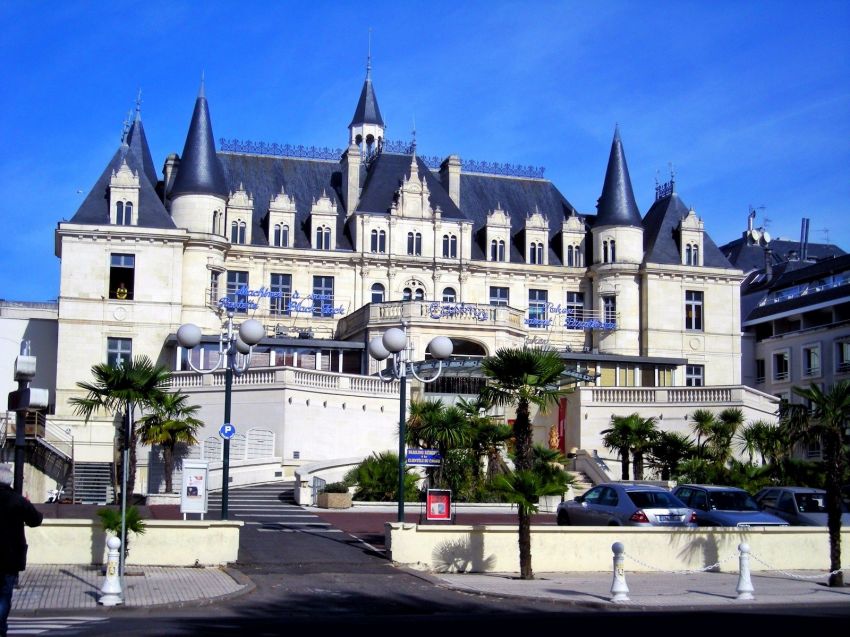
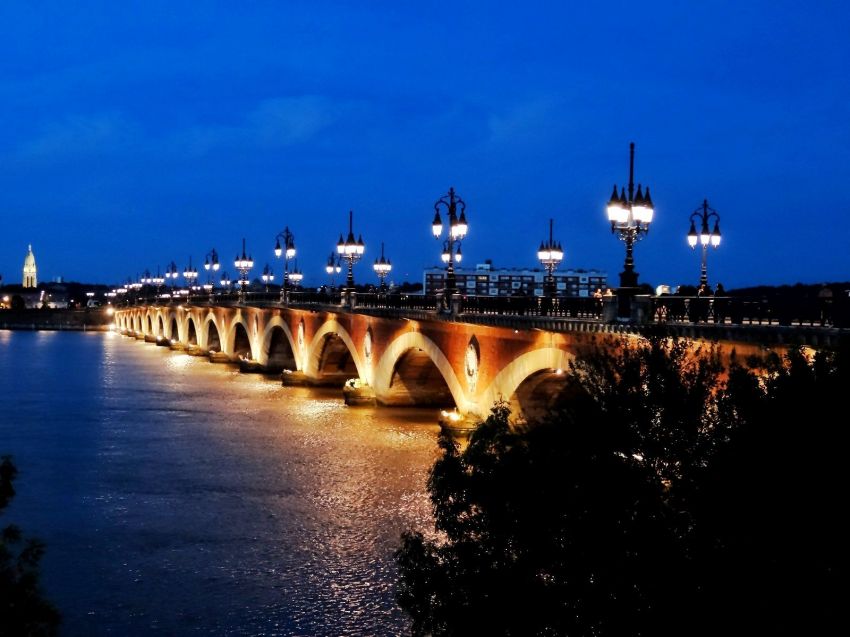



Bordeaux
The city of Bordeaux is among France's most exciting, vibrant and dynamic cities. In the last decade and a half, it has shed its languid, Belle au Bois Dormant (Sleeping Beauty) image thanks to the vision of former city mayor Alain Juppé who has pedestrianised boulevards, restored neoclassical architecture, created a high-tech public transport system and reclaimed Bordeaux's former industrial wet docks at Bassin à Flots. Half the city (18 sq km) is Unesco-listed, making it the largest urban World Heritage site; while world-class architects have designed a bevy of striking new buildings – the Matmut Atlantique stadium, decanter-shaped La Cité du Vin, a local wine related place and the Simone Veil bridge across the Garonne River included, named after one of the most iconic figures of France and European Union's recent history.
Here you have photos with some of the most important attractions from Bordeaux:
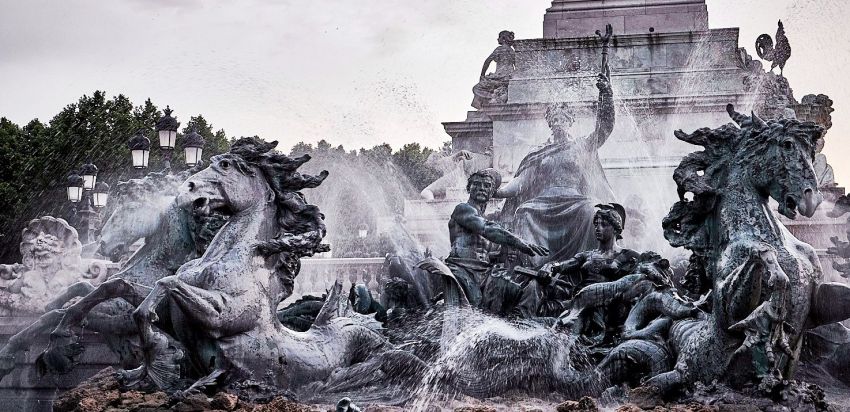
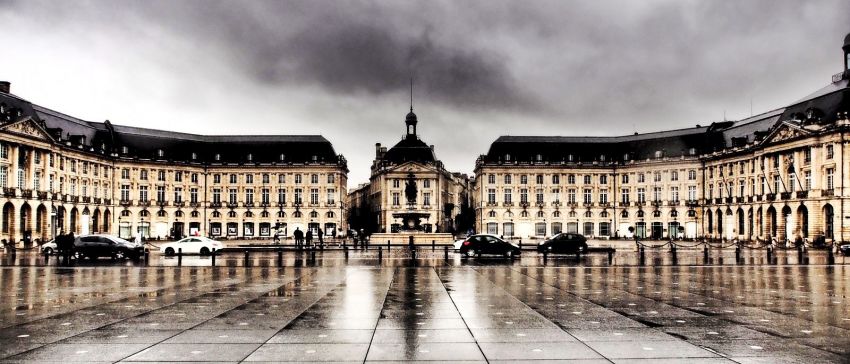


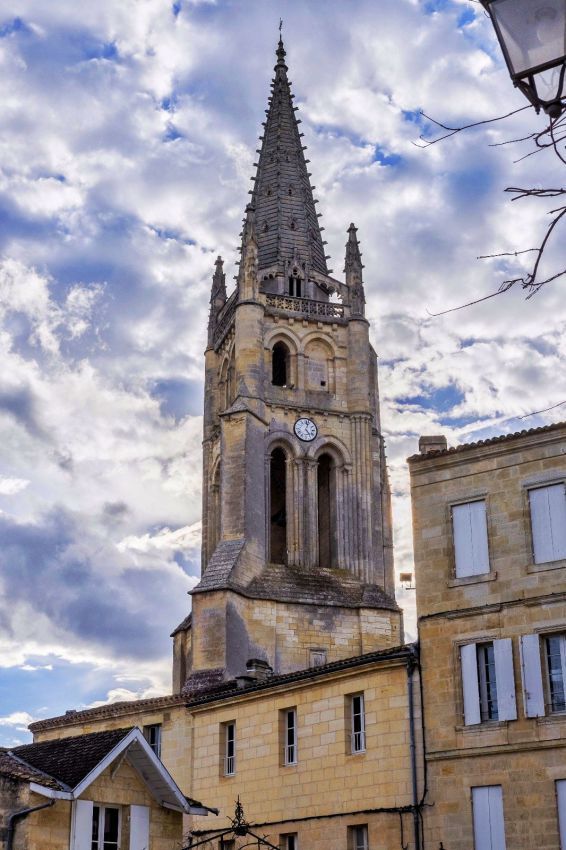
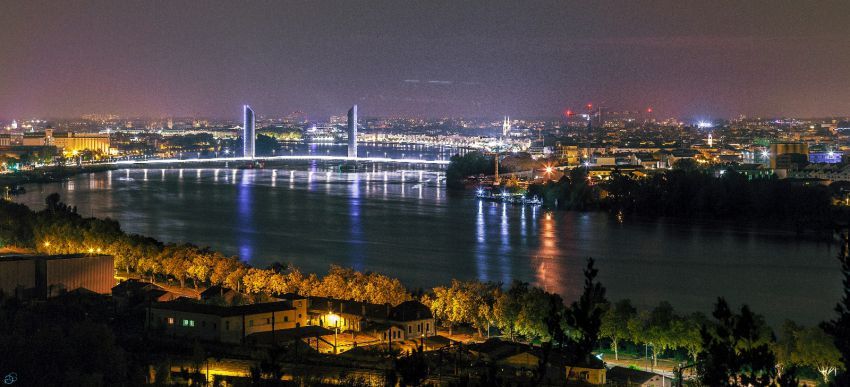
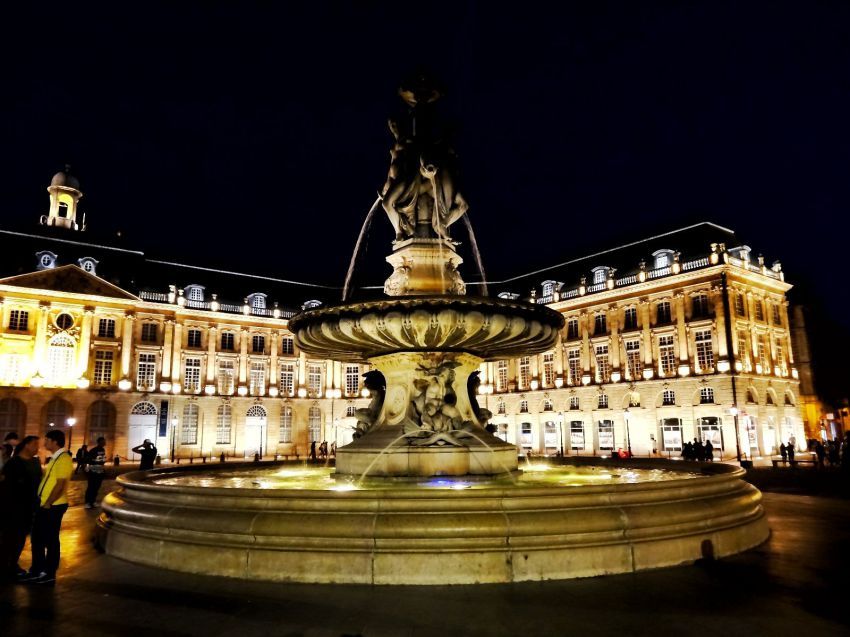
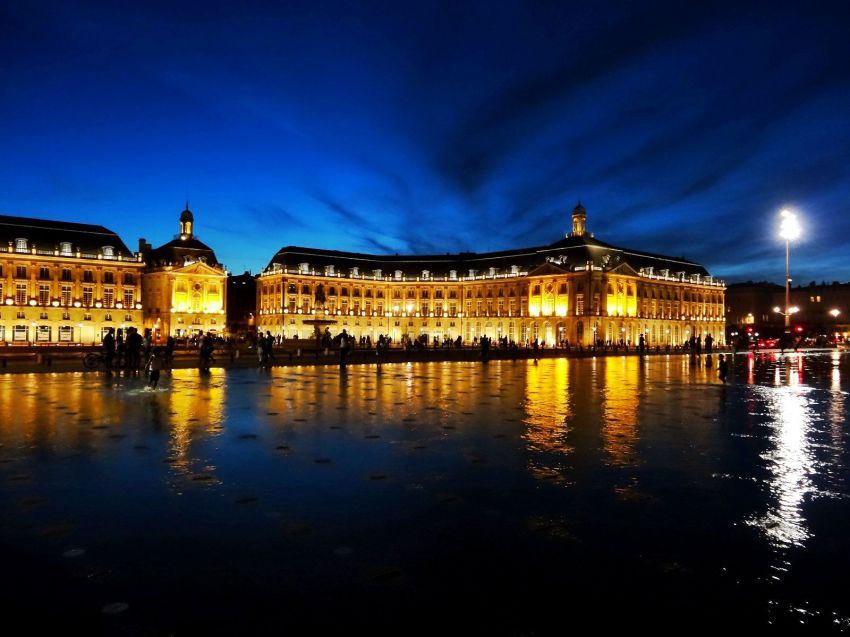




Find out more:
Pont de Pierre
Connecting the left and right banks of the Garonne, commissioned by Napoleon and inaugurated in 1822, the "Pont de Pierre" was the first stone bridge ever built in Bordeaux.
Until then, it was necessary to cross the river by boat. The bridge has 17 arches... which is also the number of letters in the name Napoleon Bonaparte. The "Pont de Pierre" was the only bridge to connect the city's historic centre on the left bank and the La Bastide district on the right bank for nearly 150 years. Today, it is crossed by an ultramodern tramway and is one of half a dozen bridges. The "Pont de Pierre" nevertheless has a special place in the hearts of the Bordelais, who admire its elegance.
Basilica of St. Michael
Built in a flamboyant gothic style typical of France, the Basilica is part of the Routes of santiago de Compostela. The bell tower of St Michael’s Church is one of the highest of France, culminating at 114 meters. built between the 14th and the 16th century its unfinished tower finally acquired a closed roof in 1828.
The Grosse Cloche of Bordeaux
Grosse Cloche de Bordeaux is all that remains of an ancient entrance into the city. In years past, the bell rang for important events, such as the coming harvest or to alert the population of the beginning of fire. The bell has always been important to the citizens. so important that when Henry II wanted to punish them, he took the bell away and it also can be seen int the city's coat of arms.
While the bell doesn’t ring often nowadays, it offers visitors a striking sight in the heart of the city.
Porte Cailhau
Despite its age (just imagine – it dates from 1496!) this large, beautiful monument remains practically unchanged. Charles VIII's victory at Fornovo (Italy) 2 years after the beginning of its construction encouraged the town council to commemorate his victory by naming a side of the gate after him.. This French king has left his mark on the tower since his likeness decorates a niche on the river side and a notice ask visitors to pay attention to the lintel and reminds them that Charles VIII died from walking quickly into just such a lintel. The Porte Cailhau, thirty-five metres tall, was integrated into the city walls.
There is a magnificent view of the oldest bridge in Bordeaux, the Pont de Pierre, from here.
Place de la Bourse
It took 20 years of hard work in the 18th century to build what has since become the city's most recognised symbol! The square represents a break with medieval Bordeaux surrounded by walls for centuries. Intendant Boucher had tried to convince the town aldermen and the parliament to create the square and open up the city walls since 1720. He decided to entrust Jacques Gabriel, Louis XV's "First Architect" with designing this rectangular square with bevelled corners, as well as constructing the famous buildings decorated with mascarons and wrought iron.
Le miroir d'eau (or reflecting pool in English) is the world's largest refelcting pool with help from fountain designer Jean-Max Llorca and architect Pierre Gangnet, Michel Corajoud 3,500 m² pool provides a breath-taking reflection of the Palais de la Bourse, one of the city's most beautiful monuments. This reflecting pool has also become a major attraction because of the way it changes. The water periodically recedes underground and returns in the form of a cloud of mist (weather permitting!), this is a favourite place for both the Bordelais and tourists to meet. When it's very hot, children and adults alike can spend hours here, fascinated by the mist, laughing until they drop with fatigue after having run across the pool dozens of times.
(FYI: during winter time, the reflecting pool is not functionning for security reasons and only reopens in spring, around April)
Cathedrale Saint Andre
Obviously, it is not like the cathedrals of the Paris region. Although it is not easy to compete with Amiens, Chartres or Reims, Saint André's heterogeneous style is nevertheless unexpected and endearing, especially because of its freestanding bell tower. Eleanor of Aquitaine and Louis VII, the future king of France, were married here 1137, as were Anne of Austria and Louis XIII, King of France and Navarre. The cathedral was used to store fodder during the French Revolution… a sad fate for this monument that also suffered from a devastating fire in the 19th century. All of the furniture was replaced with ones taken from other churches. The well-restored royal entrance in the north wall of the nave epitomises 13th century French Gothic architecture. Like many other cathedrals, sculptures were painted in bright colours at the time to attract worshippers.
Pey Berland Tower
Named after its Archbishop, the Pey-Berland Tower was long one of the tallest buildings in the city. Unfortunately, a storm in 1617 ripped out the rostrum and this was replaced with a cross. In 1853, a huge tenor bell was attached to the bell tower's beams. Weighing 11 tonnes, it is the fourth largest in France. You need a good pair of lungs to walk up the 233 steps to the top of the tower (50 metres), but this is well worth the effort because the view of Bordeaux and its monuments is outstanding.
Monument of Girondins
Located just across from the river, there are two rostral columns topped with statues dedicated to Bordeaux's maritime and commercial activities. On the side of the Quinconces closest to the city centre can be found large statues of the Bordeaux philosophers Montaigne and Montesquieu. Looking westward, the Monument aux Girondins consists of bronze fountains and a column with a statue of liberty breaking its chains on top. This bears witness to the Girondin political faction during the French Revolution. Of course, this has nothing to do with the Girondins football club.
Grand Theater of Bordeaux
Of all the public buildings in Bordeaux, the Grand-Théâtre is unquestionably the most well-known and appreciated. It stands on the site of a former temple (Les Piliers de Tutelle) that was once in the middle of a Gallo-Roman forum. The Grand Théâtre's construction was made necessary by the destruction of a performance hall in 1755. The latter was located in the outbuildings of the former town hall, near the Grosse Cloche. Architect François Lhote, assisted by Soufflot, initially proposed a project that was not accepted by the city aldermen. Eventually, Marshal de Richelieu, governor of the province of Guyenne, imposed the Parisian architect Victor Louis (1731-1800). In order to pay for the construction, the land located on the southern glacis of the Chateau Trompette was sold. It took more than five years to build the Grand Theater and, after many vicissitudes, it was inaugurated in 1780 with a performance of Athalie, a play by Jean Racine, one of the most famous dramatists in french history.
DON’T FORGET TO BRING YOUR PASSPORT!!
The Pilat Dune
The Dune du Pilat, also known as the Pilat Dune, is a large sand dune located in the Arcachon Bay area on the Atlantic coast of France. It is specifically situated in the La Teste-de-Buch municipality in the Gironde department. The dune is renowned for being the tallest sand dune in Europe, reaching heights of over 100 meters (330 feet) above sea level.
The Dune du Pilat is a popular tourist attraction, drawing visitors with its stunning panoramic views of the surrounding landscape, including the Atlantic Ocean, the Banc d'Arguin, and the pine forests of the Landes de Gascogne. Visitors can climb to the top of the dune to enjoy these breathtaking vistas. The dune is constantly shaped by the wind and tides, making it a dynamic and ever-changing natural landmark.
Tourists and locals alike often engage in activities such as paragliding, sandboarding, and simply enjoying the unique environment of this massive sand formation. The Dune du Pilat is part of the larger Pilat-Plage conservation area, which strives to protect the natural beauty and ecological significance of the dune and its surroundings.











